Researchers produce hydrogen from water and charcoal mix at room temperature using laser pulses
Green Car Congress
AUGUST 30, 2013
Researchers at Wakayama University in Japan have produced a mixture of hydrogen and carbon monoxide gas by irradiating a mixture of carbon powder and distilled water with intense nanosecond laser pulses at room temperature. Photographs of a bottled mixture of Bincho-tan powder and water (a) before, (b) during, and (c) after irradiation.


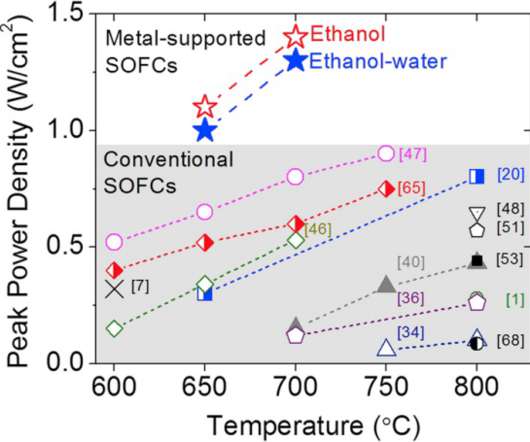

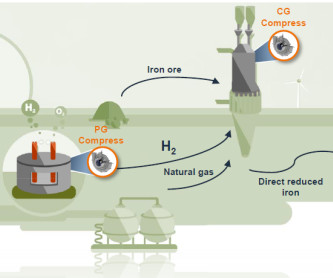


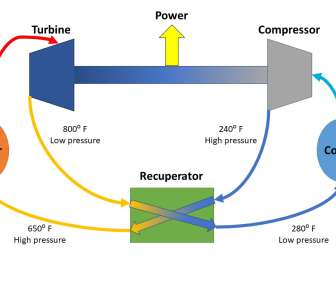


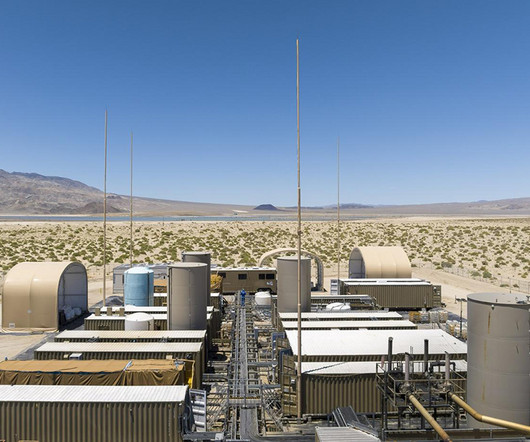








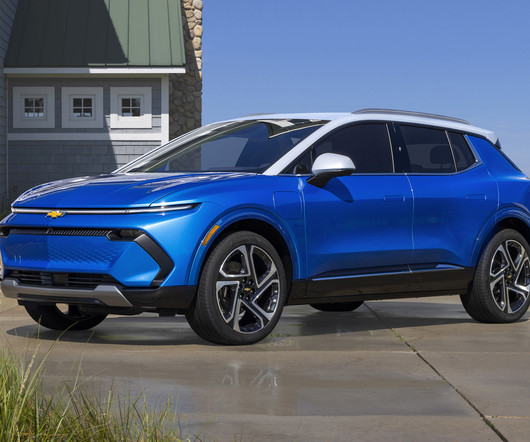

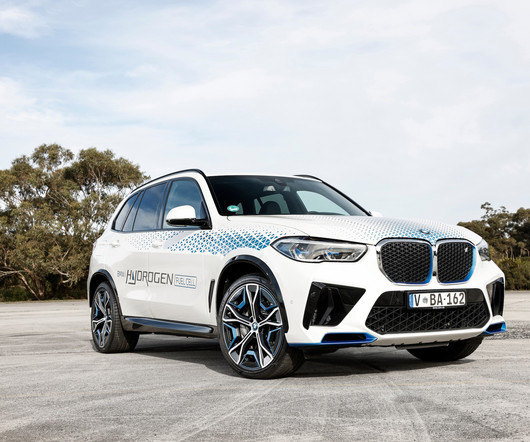


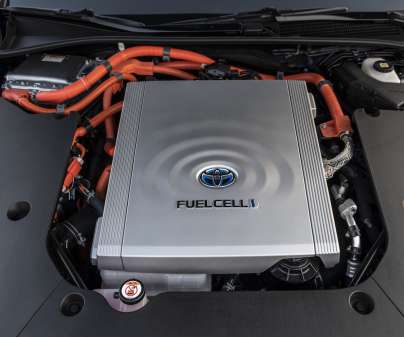
















Let's personalize your content